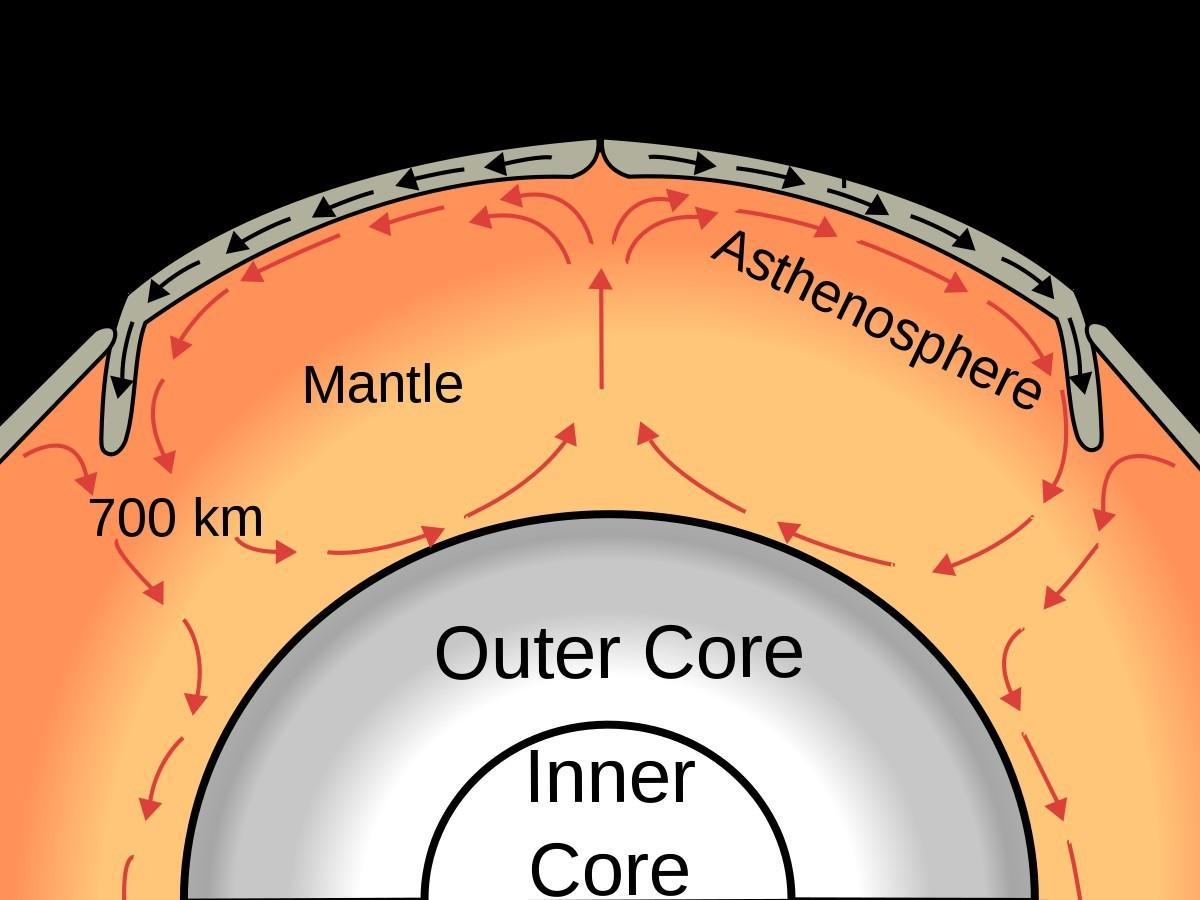4. Which of the following is not an electromagnetic wave? A sound B microwaves C. infrared D. X-ray 5. The frequency of red light is that of a green light? A greater than B. less than C. the same as D. greater than, or less than, depending on a source of light 6. The frequency of blue light is that of green light A greater than B. less thanC.the same as D greater than, or less than depending on a source of light 7. Which two primary colors of light can be added to produce yellow? A Blue and green B Red and blue C. Pink and green D Red and green 8. For visible light, which property of visible electromagnetic waves changes with color? A. Amplitude B. Frequency C. Frequency and wavelength D. Amplitude and frequency 9 What is the color of visible light with the highest frequency? A. Red B Blue C Yellow D. Violet 10. What is the color of visible light with the lowest frequency? A Orange B. Red C. Green D. Violet 11. Which of the following shows an increasing order of frequency in the visible spectrum? A violet, indigo, blue, green B. green, blue, indigo, violet C. blue, green, indigo, violet D. indigo, violet, green, blue 12 What happens to the intensity of illumination as the square of the distance from the source of light increases? A remains the same B increases C. deceases D. cannot be determined 13. Which statement is true? A Radio waves in the AM band are not electromagnetic waves B Speed of light in air is lower than in glass C. Some electromagnetic waves will pass through walls that light cannot penetrate D Electromagnetic waves can't travel in perfect vacuum14. How is energy related to frequency? . A.s the energy increnses, the frequency decreases B. As the energy increases, the frequency decreases C. As the energy increases, the frequency increases D. As the energy increases, the frequency cannot be determined 15. Which of the following is NOT a property of light? A. Brightness B. Color C. Energy D. Intensity 16. If the wave carries higher amount of energy, what will be its frequency? A higher B. lower C. the same D. none of these 17. In the visible spectrum, which color has the greatest amount of energy? A blueB.green C. red D. violet 18. White light is made of a band of seven colors (ROYGBIV) called A dispersion B. visible spectrum C. illumination D.prism19. When ultraviolet light reflects from a violet surface, we see A. red B violet C. white D. black 20. It is a rectangular glass block? A. prism B. spectrum C. dispersion D. illumination
1. Which of the following describes an arithmetic sequence? A. A sequence in which a term is formed by adding any number to the preceding term. B. A sequence in which there is an equal difference between consecutive terms. C. A sequence in which a term minus the preceding term is always positive. D. A sequence in which terms follows a pattern 2. Which of the following statements will let you obtain the common difference of an arithmetic sequence? A. Divide the first term by the second term of the sequence. B. Subtract the first term from the second term of the sequence.C. Subtract the second term from the first term of the sequence D. Divide the second term by the first term of the sequence 3. What are the next three terms of the sequence 3,5,8,12,...? A. 15, 18, 24 B. 16, 19, 23 C. 17,23,30 D. 18,23,30 4. Which is the next ordered pair in the pattern (1,4),(3,8),(5,12).? A. (6,10) B. (8, 14) C. (9, 13) D. (7,16) 5. Find the nth term of the sequence: 5,7,9,11,... A. 2n + 3 B. 2n2 - 1 C. 2-5n D.n? +3 6. What is the 9th term of the sequence 15, 11, 7,3,-1, ...? A. - 12 B. - 17 C. - 19 D. - 21 7. Which of the following shows arithmetic sequence?A. 1/2, 1/4, 1/8, 1/16B.2,4,8,16C. -10,-5,0,5D. 3,9,27,818. Find the first 3 terms of the sequence an 2n² - 1.A. 3, 10, 17 B. 1, 7, 17 C. 2,8,15 D. 4,9,13 9. Which is not true about the arithmetic sequence: 33,27,21,15? A. The 6th term is 3. B. The 10th term is - 21.C. The common difference is 7.D. The 8th term is-9 10. Which of the following is the common difference of the arithmetic sequence: 1 ½ , 2, 2 ½, 3, 3 ½? A. 3/2B. 1/2 C.3/4D.1/2 11. Which term of the arithmetic sequence -8,- 1, 6, 13, 20, ... is 55? A. 10th term B. 8th term C. 12th term D. 14th term 12. Insert two arithmetic means between 18 and 57. A. 25,43 B. 26,44 C. 31,44D. 35,47 13. Find the nth term of the arithmetic sequence given that: a1 =6 d= -4 n=15A. 15th = 104 B. 15th = -94 C. 15th = 83D. 15th = -50

